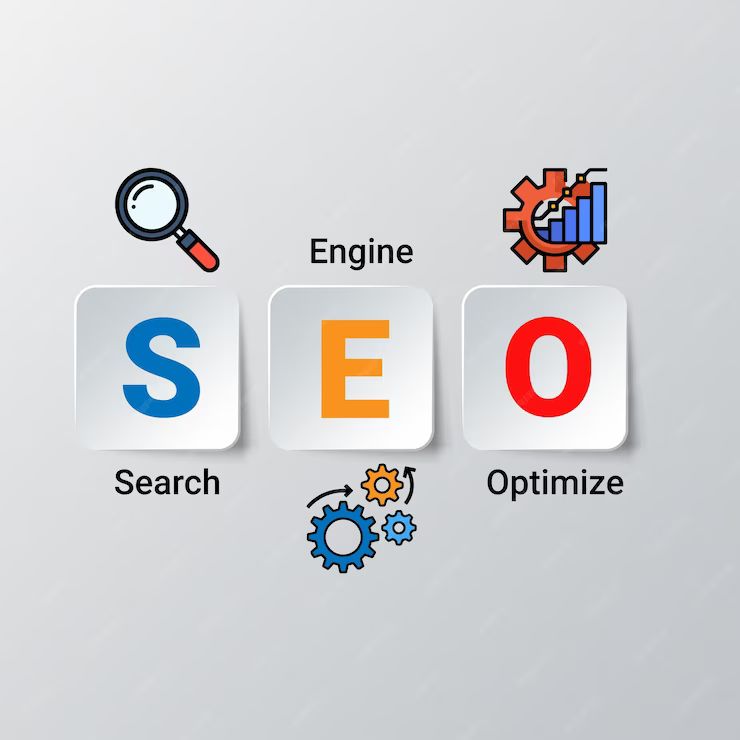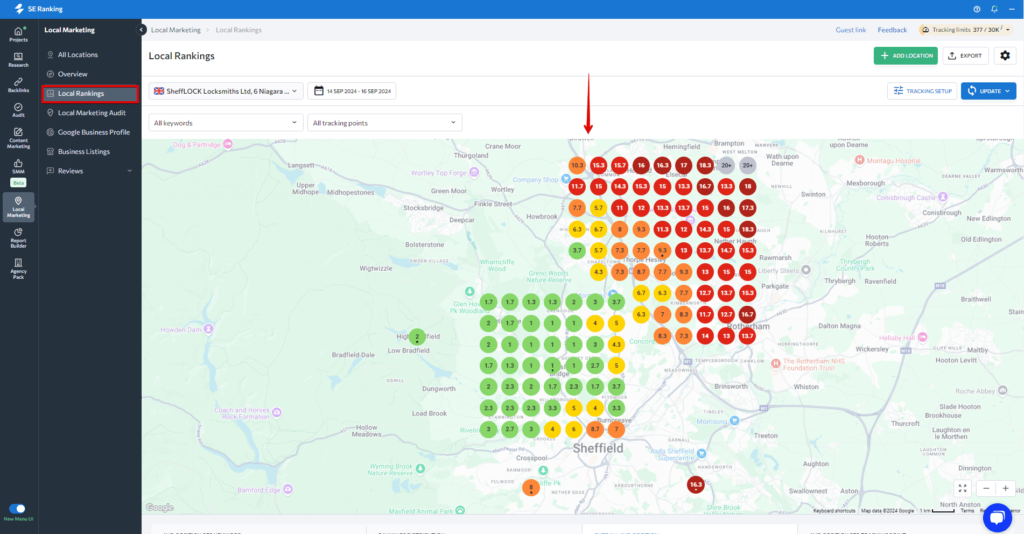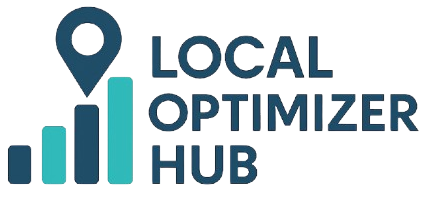
The Challenge: 3 Locations, 1 Brand, Zero Rankings
Client Background:
Our client was a regional home services brand with three Google Maps SEO spread across major metro areas, Austin, Houston, and San Antonio. Despite offering consistent service quality and having separate Google Business Profiles (GBPs), they had almost no visibility in local search.
Pain Points:
- Weak or missing local citations
- Low GBP engagement (photos, posts, Q&As)
- Inconsistent NAP (Name, Address, Phone) across directories
- No localized landing pages for each location
Our Local SEO Strategy
We knew that multi-location SEO isn’t about ranking one domain in multiple cities, it’s about localizing every digital touchpoint. Here’s how we tackled the campaign.
Separate Landing Pages for Each City
We created SEO-optimized landing pages for each location using:
- City-specific keywords (e.g., “Plumbing Services in Austin, TX”)
- Embedded Google Maps
- Customer testimonials unique to each branch
- Hyperlocal content (events, neighborhoods, weather impact)
Example Section on Austin Page:
“From Westlake to Mueller, our Austin crew knows the quirks of local plumbing codes and water pressure inconsistencies.”
Google Business Profile Optimization
We fully optimized all 3 GBPs:
| GBP Feature | Optimization Strategy |
| Categories | Primary + 2 supporting categories |
| Business Description | Added service, city, and trust signals |
| Images | Geo-tagged, location-specific photos |
| Reviews | Launched review acquisition campaigns |
| Q&A Section | Seeded FAQs and answered real queries |
| Posts | Weekly updates about location news & deals |
NAP Consistency & Local Citations
We audited and corrected over 60 local directories:
- Yext, BrightLocal, Moz Local, and manual submissions
- Uniform NAP across all listings
- Added city-specific descriptions
Local Link Building
Hyperlocal backlinks were critical:
- Sponsored 3 community events (1 per city)
- Got featured in local newspapers and Chamber of Commerce blogs
- Published a city-specific guide on each page (“10 Home Maintenance Tips for Houston Residents”)
Review Strategy
We ran a dual-channel review campaign via email + SMS:
- 3-month campaign = 218 new 5-star reviews across 3 GBPs
- Custom templates based on service and city
The Results: Rankings, Calls, and Conversions
Google Maps Rankings Over 6 Months:
| City | Maps 3-Pack Rankings | Calls from Maps | Website Clicks |
| Austin | +9 positions | +267% | +152% |
| Houston | +12 positions | +313% | +171% |
| San Antonio | +7 positions | +192% | +109% |
GBP Growth Snapshot:
Impressions and engagement skyrocketed following full GBP optimization.
Organic Website Metrics:
- Bounce rate dropped by 34%
- Average time-on-page increased by 48%
- Conversion rate (form fills + calls) grew from 2.1% to 6.5%
What Made It Work?
- Hyperlocal Relevance: We didn’t just copy-paste city names; we embedded local culture, language, and search intent.
- Consistent NAP Signals: Every citation, every directory, locked in and uniform.
- Ongoing Content + Reviews: GBP engagement and fresh content were maintained weekly.
The Multi-Location SEO Pitfalls We Avoided
Not all strategies work across multiple branches. Here’s what we didn’t do, and why it mattered:
- ❌ Copy-pasting content across location pages
- ❌ Using generic service descriptions
- ❌ Ignoring GBP posting because “it’s too much work”
- ❌ Sending reviews to a single profile instead of location-specific
We treated each city as its own micro-brand within the parent brand, and that made all the difference.

Behind the Scenes: Campaign Workflow and Milestones
We didn’t just wing it. The process was structured, time-phased, and results-driven:
- Week 1–2: Full SEO audit, GBP analysis, and citation cleanup
- Week 3–4: Build/optimize landing pages + begin review campaigns
- Month 2–3: Launch hyperlocal content and link-building
- Month 4+: Maintain activity with GBP posts, track analytics, adjust
Every touchpoint was tracked in our project dashboard, with biweekly updates sent to the client.
How We Balanced Brand Consistency With Local Relevance
You want each location to feel local, without losing the brand’s identity. We used:
- A shared design system (colors, layout, logo usage)
- Location-specific visuals (photos of staff, storefronts, vehicles)
- Messaging that reflected local slang and seasonal trends
Result: Each page felt authentic to its city and the brand.
GBP Optimization Before and After: A Visual Comparison
Use side-by-side screenshots or a comparison table to show:
| Feature | Before | After |
| GBP Categories | 1 generic | 1 primary + 2 support |
| Photos | 2 total | 12 geo-tagged |
| Reviews | Few, old | 218 new in 90 days |
| Q&A | Empty | 6+ city-specific FAQs |
| Posts | None | Weekly deals + updates |
This visual storytelling helps skeptical businesses see what optimization looks like in action.

How Local Search Data Guided Every Decision
We didn’t guess. We:
- Pulled keyword data by city using Google’s Business Profile Insights
- Used heat maps to identify ranking radius for each location
- Tracked competitor GBPs to uncover opportunities
- Analyzed call and click data to refine page layouts and CTA placements
This data-first approach ensured every move we made created ROI.
The Long-Term SEO Maintenance Plan We Left Behind
We don’t just help clients rank, we set them up to stay there. Our handover plan included:
- A 6-month GBP content calendar
- A local link-building outreach kit
- A review request automation sequence
- Performance dashboards + training videos for internal teams
This makes the results sustainable, even if the client’s internal team takes over.
What You Can Learn from This Case Study
| Common Mistake | Our Fix |
| One website for multiple cities | Dedicated, localized landing pages |
| Ignoring GBP content | Weekly posts, updated photos, answered FAQs |
| Review requests not systemized | Automated SMS + email campaigns |
| No local links | Built real connections with communities |
“Ranking in local SEO isn’t a one-time checklist. It’s an ongoing relationship with your city.”
Could Your Multi-Location Brand Be Next?
If you’re struggling to rank multiple locations on Google Maps or want to dominate your local market, we’re here to help.
📞 Book a Free Local SEO Audit. We’ll diagnose what’s holding your brand back in search and give you a plan that works.
FAQs: Local SEO for Multi-Location Brands
1. How long does it take to rank a multi-location business?
Typically, we start seeing movement in 4–6 weeks, with significant gains by month 3–6 depending on competition and city size.
2. Can I use the same content across city pages?
Avoid duplicating content. Each page should be uniquely written for its city with local references and FAQs.
3. Should I create separate GBPs for each location?
Yes — each branch needs its own verified GBP with unique address, phone number, and hours.
4. What’s the best way to get local backlinks?
Partner with community groups, local bloggers, charities, or sponsor events to earn quality, contextual links.
5. What’s the difference between national SEO and multi-location SEO?
National SEO targets broad keywords; multi-location SEO is about ranking in specific geographic areas with localized content and signals.
